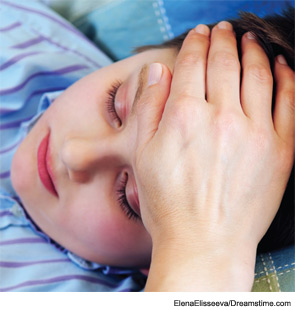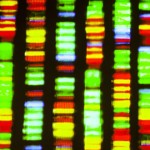
Overall, anakinra appears to be effective in a high proportion of sJIA patients, with improvements in both systemic symptoms and arthritis in approximately 50%. However, some responders may subsequently have disease flares. Doses >1.5 mg/kg/day are likely to be more effective. Although data are limited, suggested predictors of response to anakinra include lower number of inflamed joints, higher neutrophil counts, involvement of predominantly large joints, and age seven years or older at disease onset.8,11,12
There are currently no published controlled studies of other IL-1 inhibitors in sJIA. Preliminary reports suggest that longer-acting agents such as rilonacept and canakinumab are effective in treating both systemic symptoms and arthritis in steroid-dependent sJIA.13,14
SJIA is also characterized by markedly elevated levels of IL-6 in serum and synovial fluid. Moreover, elevated IL-6 serum levels have been shown to correlate with the fever spikes and are associated with the development of arthritis, hypochromic microcytic anemia, high inflammatory markers, growth failure, and osteoporosis seen in this disease.15 Tocilizumab, a humanized monoclonal antibody that binds both soluble and membrane-bound IL-6 receptors, showed excellent results in initial open-label trials of sJIA. A Japanese controlled trial of tocilizumab in sJIA adopted a randomized withdrawal design.16 In the first open-label phase, all patients whose disease was not adequately controlled by systemic corticosteroids and who had an elevated CRP received tocilizumab 8 mg/kg/day every other week by infusion. After six weeks, 91%, 86%, and 68% achieved modified pediatric ACR 30, 50, and 70 responses, respectively. All responders were subsequently randomized to receive tocilizumab or placebo. There was a much higher disease-flare rate in the placebo group.
In a large prospective placebo-controlled trial in active sJIA, patients were randomized to receive tocilizumab or placebo in a 2:1 ratio.17 Those weighing less than 30 kg received tocilizumab 12 mg/kg every two weeks, and those weighing more than 30 kg received 8 mg/kg. At 12 weeks after randomization, modified pediatric ACR 30, 50, 70, and 90 responses were achieved by 90.7% (vs 24.3%), 85.3% (vs 10.8 %), 70.7% (vs 8.1%) and 37.3% (vs 5.4%), respectively. Fever was seen in 14.7% of patients on tocilizumab (vs 79.2% on placebo) and rash was seen in 36.4% of tocilizumab-treated patients (vs 88.9% of patients on placebo). All patients were eligible to receive tocilizumab after the 12-week placebo-controlled phase. After one year of treatment, more than 50% of patients had discontinued corticosteroids, 49% had no active arthritis, 60% had achieved an ACR 90 response, and 28% met criteria for inactive disease.
Treatment Recommendations
Given the efficacy of IL-1 and IL-6 inhibition for active sJIA, and considering the well-known and prominent side effects of prolonged systemic corticosteroids, what is the role of corticosteroids and these biologic agents in the treatment of this disease? In 2011, the ACR recommendations for the treatment of JIA were published.18 However, these recommendations were based on limited available data regarding the use of anakinra in sJIA and did not consider the use of longer-acting IL-1 inhibitors or tocilizumab in sJIA.

